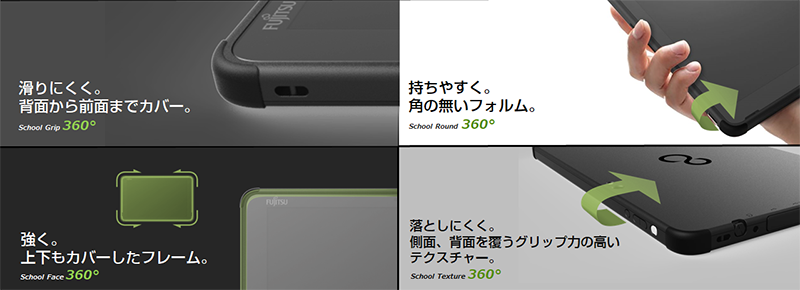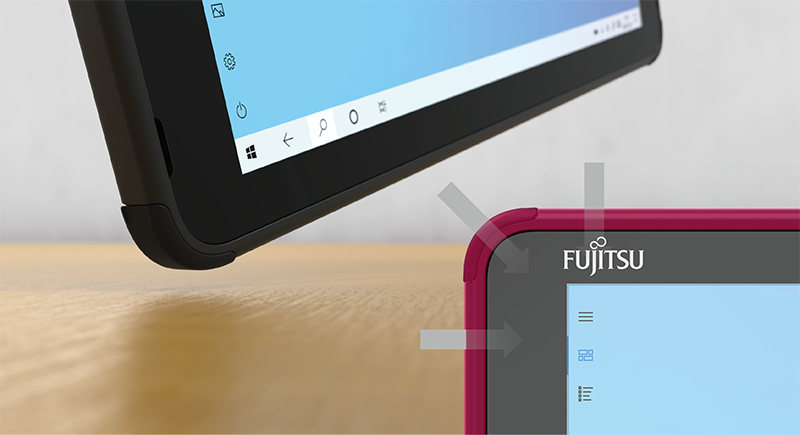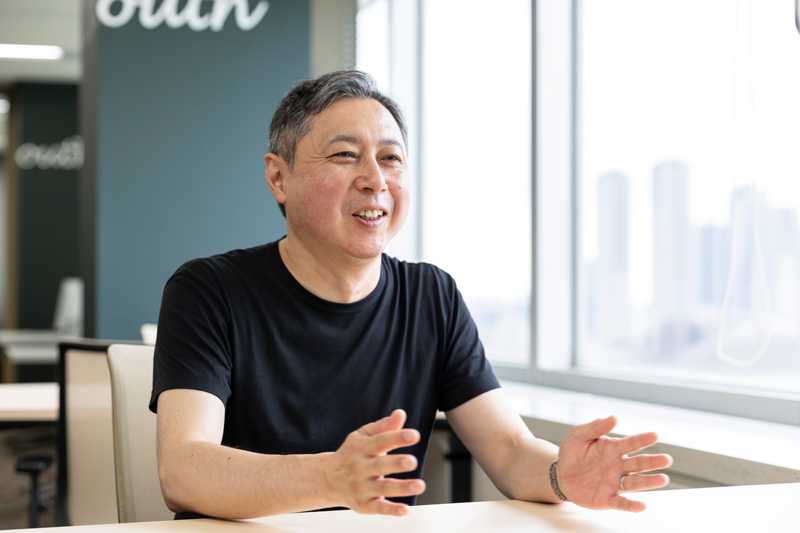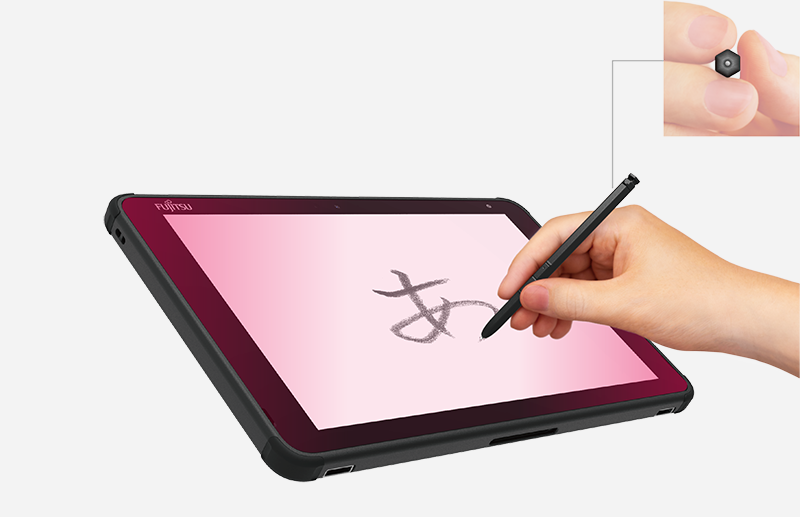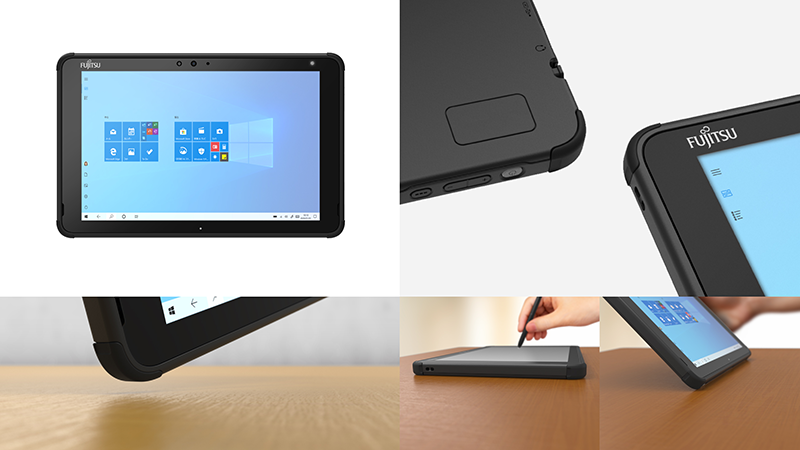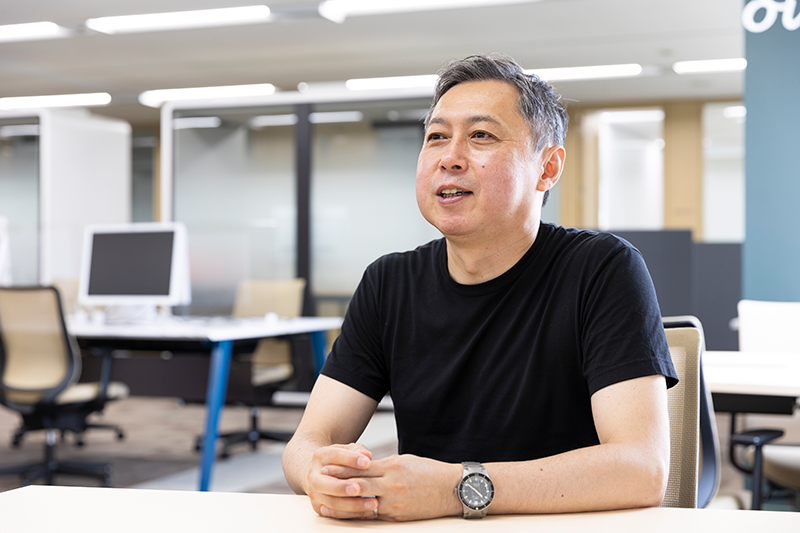The aspect the designers considered most important in a school tablet that aimed for "not disrupting the lesson" was the improvement of the tablet's solidness and its ease of use in the classroom. In Part 2, Kohei Nakajima describes what discoveries the designers made during their observations in schools and how they realized the concept of "not disrupting the lesson," as well as the "sangen-shugi" that lies at the heart of his design style.
- (Note)This is the second part of a two-part article. Click here for the first part. >
Takeaways from Part 2
- Achieving "not disrupting the lesson" with solidness and function
- Sangen-shugi—genba, genbutsu, and genjitsu—lies at the heart of design.
- Future product designers will need the perspectives of curator (the role of gathering, sorting, and editing information to give it meaning) and producer.


